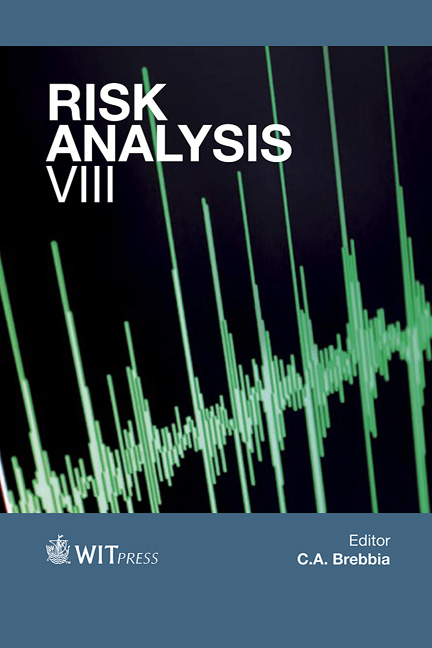Empirical Fragility Assessment After The January 12, 2010 Haiti Earthquake
Price
Free (open access)
Volume
44
Pages
13
Page Range
353 - 365
Published
2012
Size
429 kb
Paper DOI
10.2495/RISK120301
Copyright
WIT Press
Author(s)
U. Hancilar, F. Taucer & C. Corbane
Abstract
In the immediate aftermath of the Haiti earthquake of 12 January 2010, a joint work for the estimation of damage to the building stock based on aerial images was carried out by the United Nations Institute for Training and Research (UNITAR) Operational Satellite Applications Programme (UNOSAT), the European Commission (EC) Joint Research Centre (JRC) and the World Bank/ ImageCAT in support of the Post Disaster Needs Assessment and Recovery Framework (PDNA). A targeted field campaign was led to the areas affected by the disaster in collaboration with the Centre National d’Information Géo-Spatial (CNIGS) representing the Government of Haiti with the purpose of validating the remote sensing based damage assessment. These two methodologies for collecting data resulted in two data sets of the damaged buildings categorised according to European Macroseismic Scale (EMS-98) damage grades. The present study makes use of these data for the derivation of empirical fragility functions. Fragility functions for different urban zones of Haiti, i.e. low-, medium- and high-density built-up zones and shanty zone, are developed from the remote sensing damage assessment data. Structural fragilities for buildings grouped with respect to material type and number of stories are derived on the basis of observed damage data collected through field surveys. Keywords: empirical fragility, damage assessment, remote sensing, seismic risk reduction.
Keywords
Keywords: empirical fragility, damage assessment, remote sensing, seismic risk reduction





